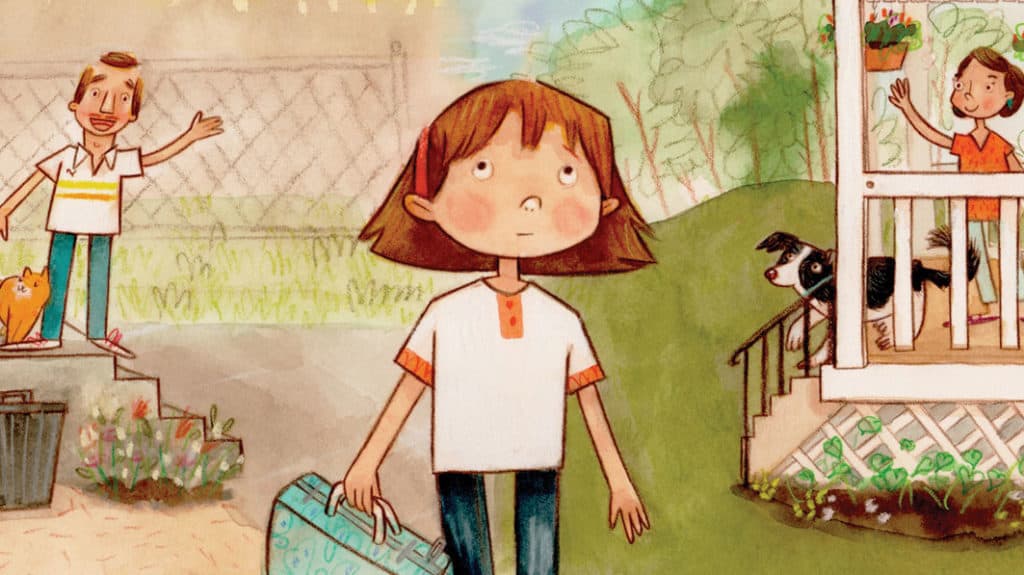
8 Small Resolutions That Can Change Your Family
Have you been successful in making lasting changes as a parent? Try these small tips to make a big change in your family.
August 31, 2016

Kids in blended families have circumstances that make life more stressful for them. As parents and stepparents, making ourselves aware of their perspective is one of the most loving things we can do.
I grew up as a child of divorce, living between two houses in two cities. I had the blessing of both Mom and Dad staying involved and trying to give me the best life possible. They both remarried, so I had stepsiblings and half-siblings along the way. I know firsthand how complicated life can be between two homes. My experiences as a child helped me as an adult to be a better co-parent and stepmom.
Kids in blended families have circumstances that make life more stressful for them. As parents and stepparents, making ourselves aware of their perspective is one of the most loving things we can do. Here are some emotions and thoughts kids in blended families often experience but might not be able to express:
Kids in blended families need to have the freedom to celebrate all parents and both households. Verbalizing positive characteristics of the other parents or household can help minimize the kids’ sense of the “divided self.”
When children are asked to coordinate finances and schedules or convey difficult information between their homes, they’re put in a painful or confusing situation. One of the most helpful co-parenting practices is to have predesignated meeting times with the other parents to talk about issues related to the children. This can be a meeting at a coffee shop, a conference call when the children are not nearby or an email discussion. Avoid emotions, talk logistics and specifics, create an agenda to stay on task, have a follow-up meeting to address issues that haven’t been solved, be willing to listen and negotiate, and decide to be reasonable no matter the other person’s response.
Blended families often have children who come and go between households. The kids need time to settle in when they arrive. Having some downtime allows them to reconnect and remember how your house operates.
Tammy Daughtry is the author of Co-Parenting Works! and founder of CoParenting International.